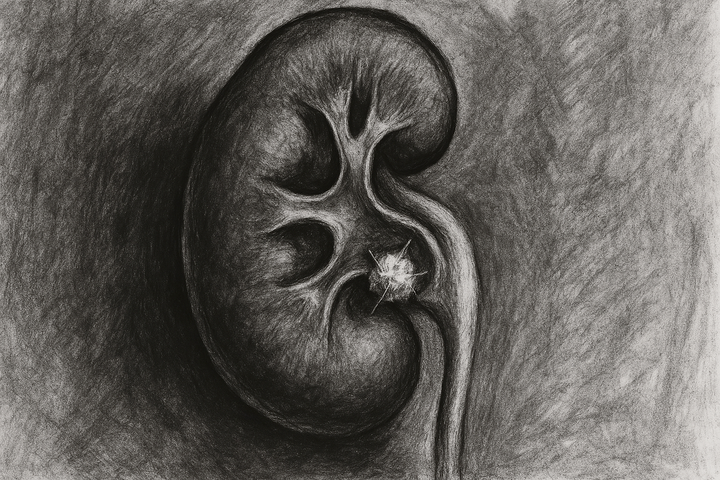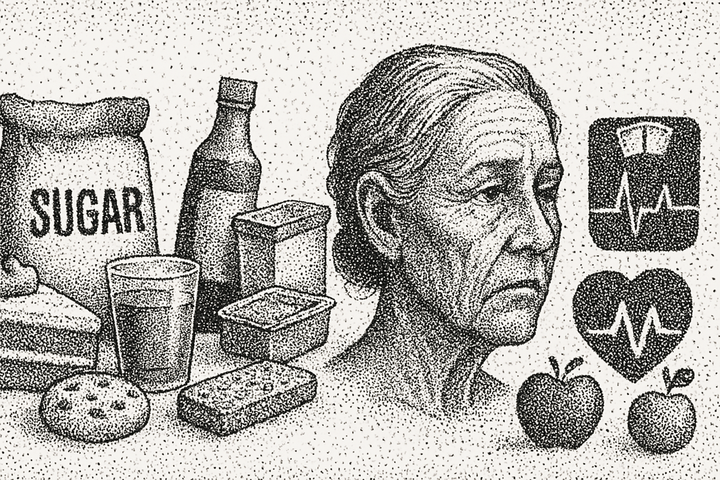Stretching Your Years: The Surprising Link Between Flexibility and Lifespan

Exercise is a well-documented factor in extending lifespan and improving health span. Research, such as a 2017 study in The Lancet, involving 130,843 participants from 17 countries, found that higher levels of both recreational and non-recreational physical activity were associated with lower risks of mortality and cardiovascular disease (CVD) events across high-income, middle-income, and low-income countries. This study highlights that increasing physical activity is a low-cost, widely applicable strategy for reducing deaths and CVD in middle age.
Further, a 2018 study in Circulation, as referenced in an American Medical Association article (AMA), analyzed data from over 100,000 adults and found that meeting the minimum guidelines of 150–300 minutes per week of moderate-intensity activity reduced the risk of early death by up to 21%, with even greater reductions (up to 31%) for those exceeding these levels. These findings underscore that more activity generally correlates with longer life, with diminishing returns at very high levels.
Exercise also supports brain health, which is critical for longevity. A review in PMC notes that physical activity, including light exercises, can enhance cognitive reserves, slow brain aging, and improve mood, particularly in aging individuals and those with conditions like Alzheimer’s disease. This is likely due to increased blood flow to the brain, release of neurotrophins like BDNF, and reduced inflammation, as detailed in Cleveland Clinic.
Chronic diseases, such as diabetes and hypertension, are also mitigated by regular exercise. A study in AARP from 2024 notes that meeting physical activity guidelines can cut the risk of early death by about a third, affecting heart disease, cancer, diabetes, and cognitive decline. This aligns with the blog post’s claim that exercise reduces chronic disease risk, supported by CDC data showing improved mental health outcomes from regular activity.
Light Exercises for Daily Practice
Brisk walking, gentle stretching, chair squats, arm circles, and seated leg lifts are great light exercises. All listed exercises are accessible and beneficial, especially for those with limited mobility.
- Brisk Walking (10-20 Minutes): While labeled as light, brisk walking is moderate-intensity, with benefits including improved cardiovascular health and longevity, as noted in Medical News Today. A study in PMC found that walking briskly for 30 minutes a day, five days a week, can reduce the risk of age-associated diseases, supporting its inclusion for longevity.
- Gentle Stretching (5-10 Minutes): Stretching enhances flexibility and range of motion, reducing injury risk and supporting mobility, crucial for aging. Harvard Health emphasizes daily stretching for muscle health, while a 2024 study in Health suggests flexibility training reduces mortality risk by 20%, linking it to longevity.
- Chair Squats (1-2 Minutes): These target lower body muscles (quadriceps, hamstrings, glutes) and improve balance, reducing fall risk, a major longevity factor for seniors. Elliot Hospital notes accessibility for all fitness levels, and a 2018 study in PMC found correlations with functional capacity and cognition in older adults, supporting longevity benefits.
- Arm Circles (1-2 Minutes): These improve shoulder mobility and upper body flexibility, as detailed in Fitness Volt. While not directly linked to longevity in major studies, they contribute to overall mobility, reducing injury risk, as noted in Edge of Longevity, which is vital for maintaining independence.
- Seated Leg Lifts (1-2 Minutes): These strengthen legs and core, improving stability and mobility, as per Hinge Health. Fitness Volt highlights their role in core strength, which supports better movement and reduces back pain, contributing to longevity by enhancing daily function.
WHO Recommendations and Accessibility
The World Health Organization (WHO) recommends 150–300 minutes of moderate-intensity aerobic activity per week for adults, or 75–150 minutes of vigorous activity, with additional benefits at higher levels. This aligns with the blog post’s mention, and CDC notes that even light activity, like stretching, provides benefits, making it accessible for all, especially those with mobility issues.
Additional Insights and Clarifications
An unexpected finding is the significant impact of flexibility on longevity, with a 2024 study in Scandinavian Journal of Medicine and Science in Sports suggesting flexibility reduces natural-cause mortality, not just from falls. This adds depth to the blog post’s stretching recommendation. However, the blog post’s labeling of brisk walking as light exercise may confuse readers, as it’s moderate-intensity, per Verywell Health. Despite this, all exercises listed are low-impact and suitable for daily practice, supporting the post’s accessibility claim.
Table: Summary of Exercises and Benefits for Longevity
This table summarizes the exercises, their intensity, and how they contribute to longevity, with supporting URLs for further reading.
Key Citations:
- The effect of physical activity on mortality and cardiovascular disease in 130 000 people from 17 high-income, middle-income, and low-income countries: the PURE study
- Massive study uncovers how much exercise is needed to live longer | American Medical Association
- How exercise influences the brain: a neuroscience perspective
- Physical activity | World Health Organization
- What Is Light Exercise? | Livestrong.com
- The multifaceted benefits of walking for healthy aging: from Blue Zones to molecular mechanisms
- The importance of stretching | Harvard Health
- Elevate Your Fitness: Exploring the Benefits of Chair Squats | Elliot Hospital
- Movement velocity in the chair squat is associated with measures of functional capacity and cognition in elderly people at low risk of fall
- Master Arm Circles: A Complete Workout Guide For Toned Shoulders — Edge of Longevity
- Arm Circles: How to do them correctly for the best benefit! | oCoach
- Seated Leg Raises: Strengthen Your Hip Flexors and Quads! – Fitness Volt
- How to Do Seated Leg Raises: Tips and Recommended Variations | Hinge Health
- Physical Activity Boosts Brain Health | Physical Activity | CDC
- Adult Activity: An Overview | Physical Activity Basics | CDC
- Brisk Walking: Pace, Distance, and Benefits | Verywell Health
- 5 science-backed reasons to stretch every day | healthy-aging | Sharecare
- Study: Your Flexibility May Say A Lot About Your Longevity | Health
- 10 Exercises for Longevity | AARP
- Exercising more than recommended could lengthen life, study suggests | Harvard T.H. Chan School of Public Health
- How Exercise Protects Your Brain’s Health | Cleveland Clinic
- World Health Organization 2020 guidelines on physical activity and sedentary behaviour | PMC




Comments ()